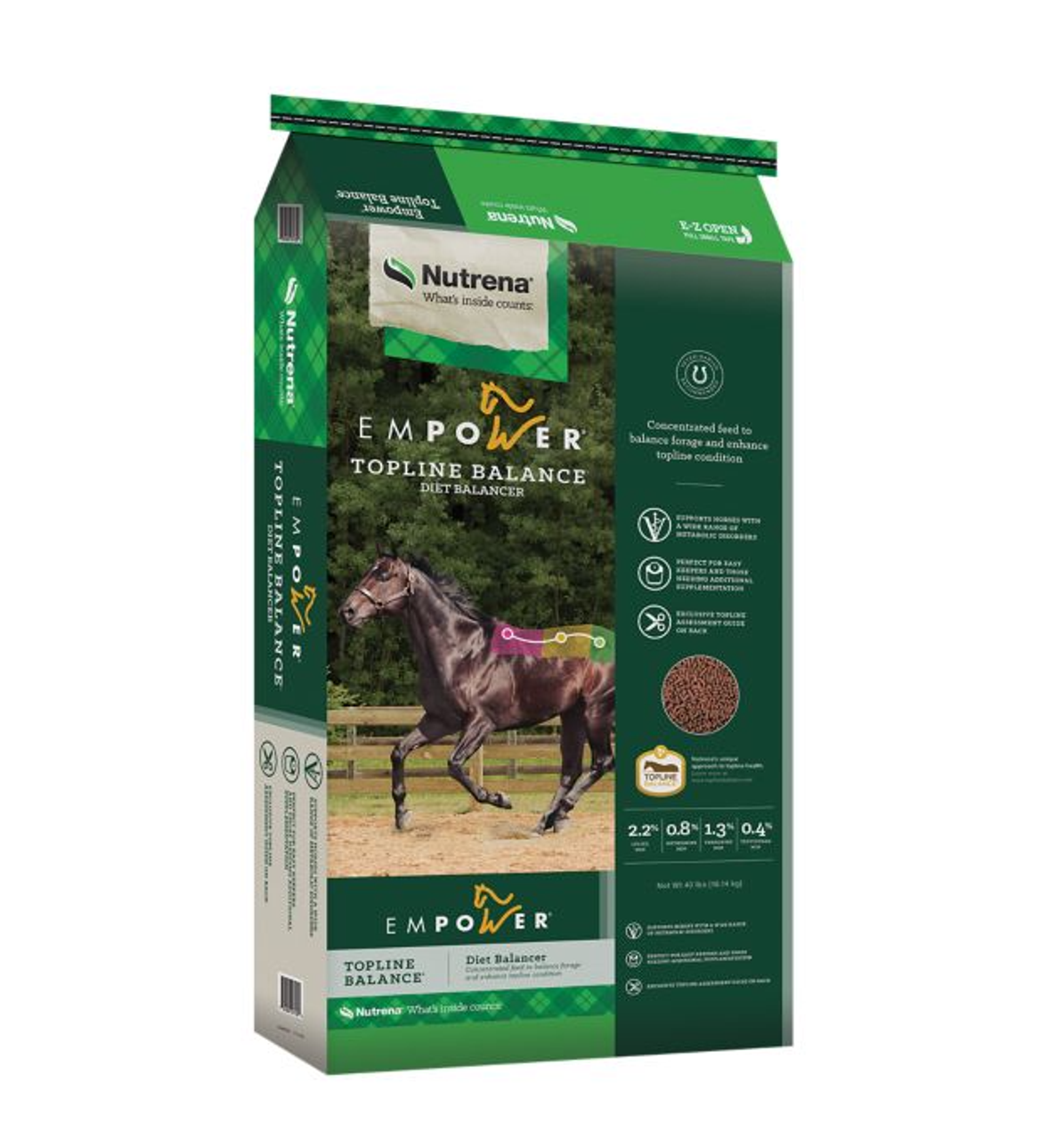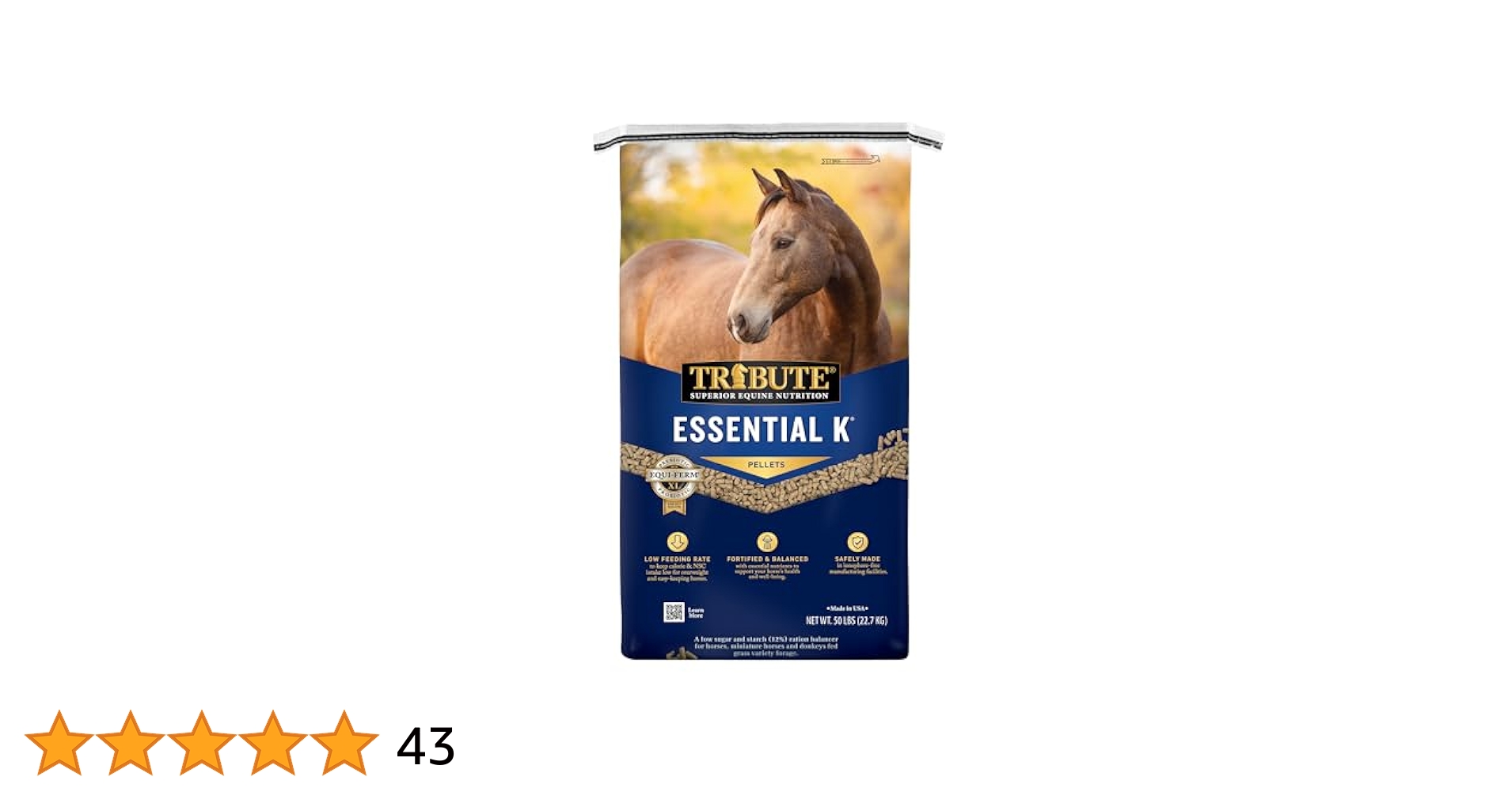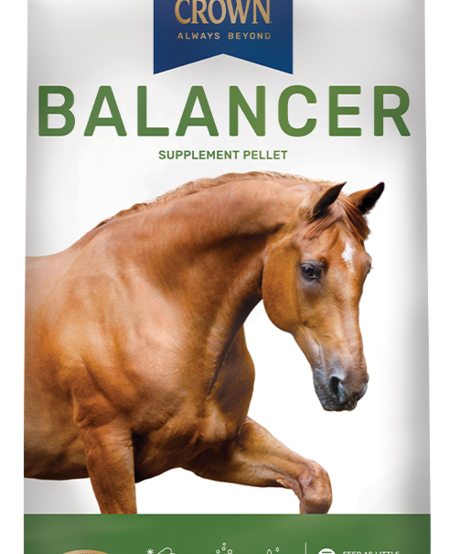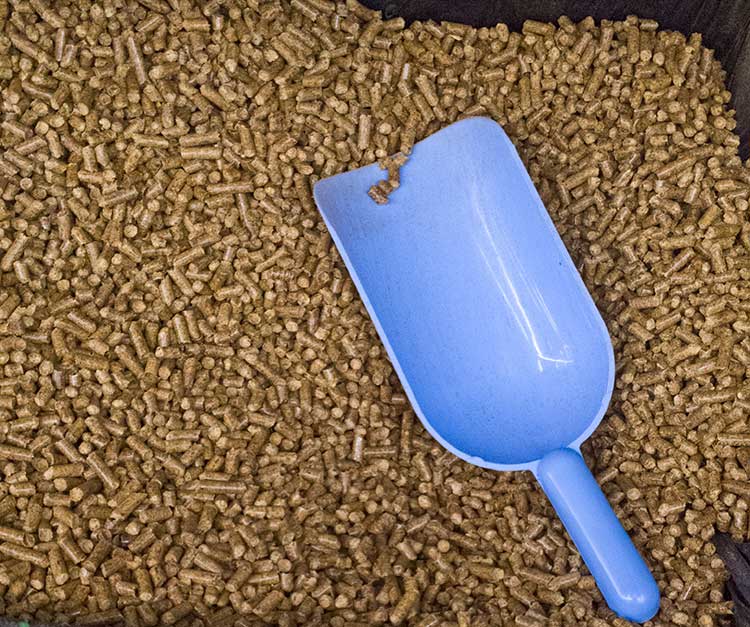Feed Rationing for Your Horse During Economic Hardship

Economic challenges can make it difficult to maintain the optimal diet for your horse. However, with careful planning and knowledge, you can ensure your horse remains healthy without overspending. This article provides detailed guidance on how to ration your horse’s feed effectively during tough financial times.
Understanding Your Horse’s Nutritional Needs

Horses require a balanced diet consisting of forage (hay or pasture), grains, vitamins, and minerals. During economic hardship, it’s crucial to prioritize essential nutrients to maintain your horse’s health.
| Nutrient | Importance | Sources |
|---|---|---|
| Forage (Fiber) | Supports digestion and gut health | Hay, pasture |
| Energy | Fuels daily activities | Grains, beet pulp, oats |
| Protein | Muscle repair and growth | Soybean meal, alfalfa |
| Vitamins & Minerals | Overall health and immune support | Supplements, fortified feeds |
Strategies for Feed Rationing

1. Assess Your Horse’s Body Condition
Before adjusting feed, evaluate your horse’s body condition score (BCS) to determine if they are underweight, overweight, or ideal. This helps tailor the rationing plan.
2. Prioritize Forage
Forage should remain the foundation of your horse’s diet. It is generally more cost-effective and essential for digestive health.
3. Reduce Grain Intake Gradually
If grain is a significant part of the diet, consider reducing it slowly to avoid digestive upset. Replace some grain with lower-cost fiber sources like beet pulp.
4. Use Feed Alternatives
Explore affordable feed options such as hay cubes, straw (in moderation), or agricultural by-products that provide necessary nutrients.
5. Monitor Water Intake
Adequate hydration is vital, especially when changing feed types or reducing grain.
Sample Feed Ration Table
| Feed Type | Amount per Day (lbs) | Notes |
|---|---|---|
| Hay | 15 | Primary forage source |
| Beet Pulp | 3 | Good fiber and energy source |
| Oats | 2 | Energy source, reduce if needed |
| Vitamin/Mineral Supplement | As per label | To ensure balanced nutrition |
Frequently Asked Questions (FAQ)
Q1: Can I feed less without harming my horse?
A: Yes, but it must be done carefully by prioritizing forage and monitoring body condition.
Q2: How quickly can I change my horse’s diet?
A: Gradual changes over 7-10 days help prevent digestive issues.
Q3: Are there affordable supplements that can help?
A: Yes, look for balanced vitamin and mineral supplements designed for horses.
Q4: What signs indicate my horse is not getting enough nutrition?
A: Weight loss, dull coat, lethargy, and poor performance are common signs.
Conclusion
Feed rationing during economic hardship requires thoughtful adjustments to maintain your horse’s health without overspending. By focusing on forage, gradually adjusting grain intake, and monitoring your horse’s condition, you can navigate financial challenges effectively.
Maintaining your horse’s health during tough times is achievable with the right knowledge and planning. This guide aims to empower you with practical strategies to ration feed wisely and keep your horse thriving.
